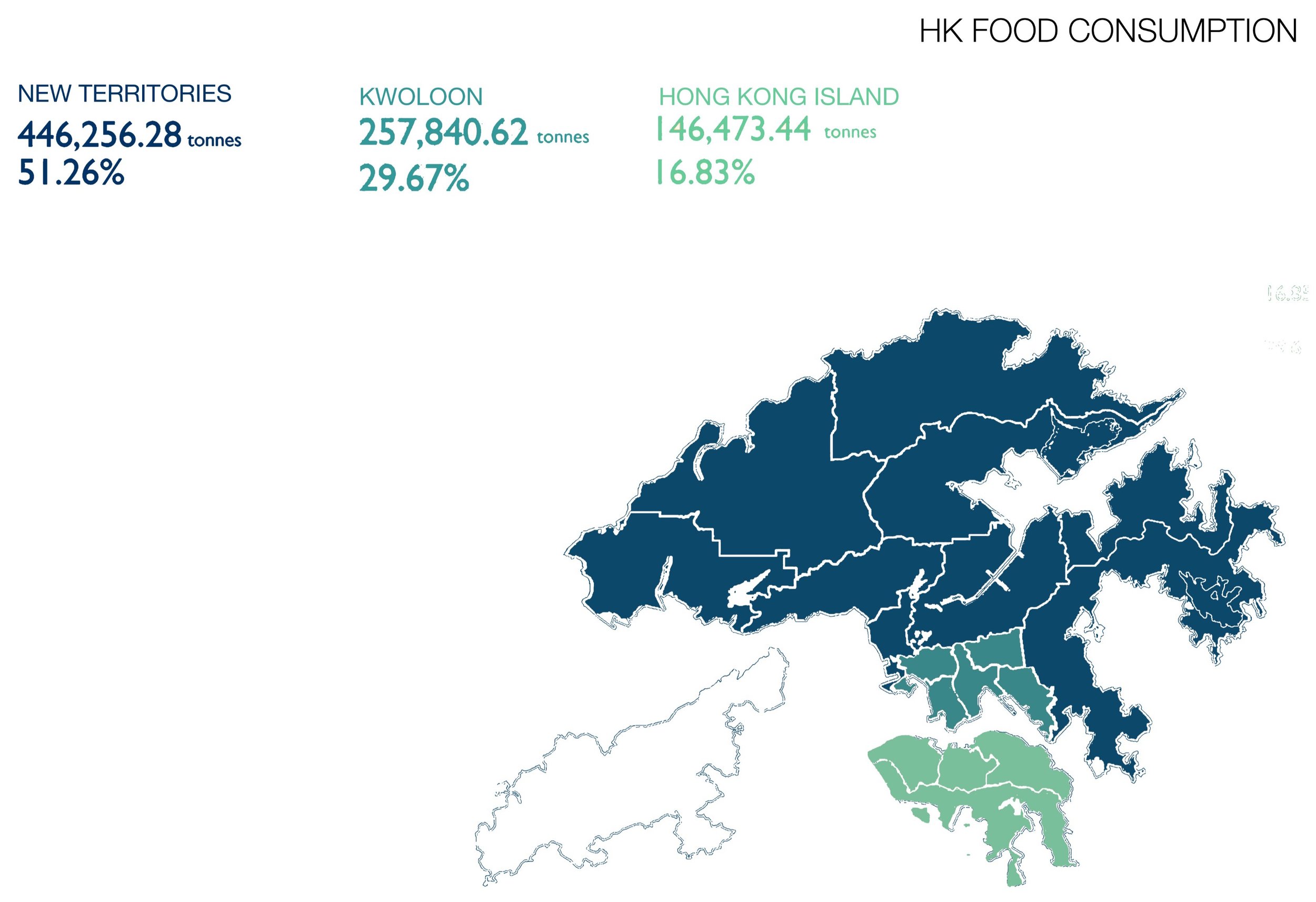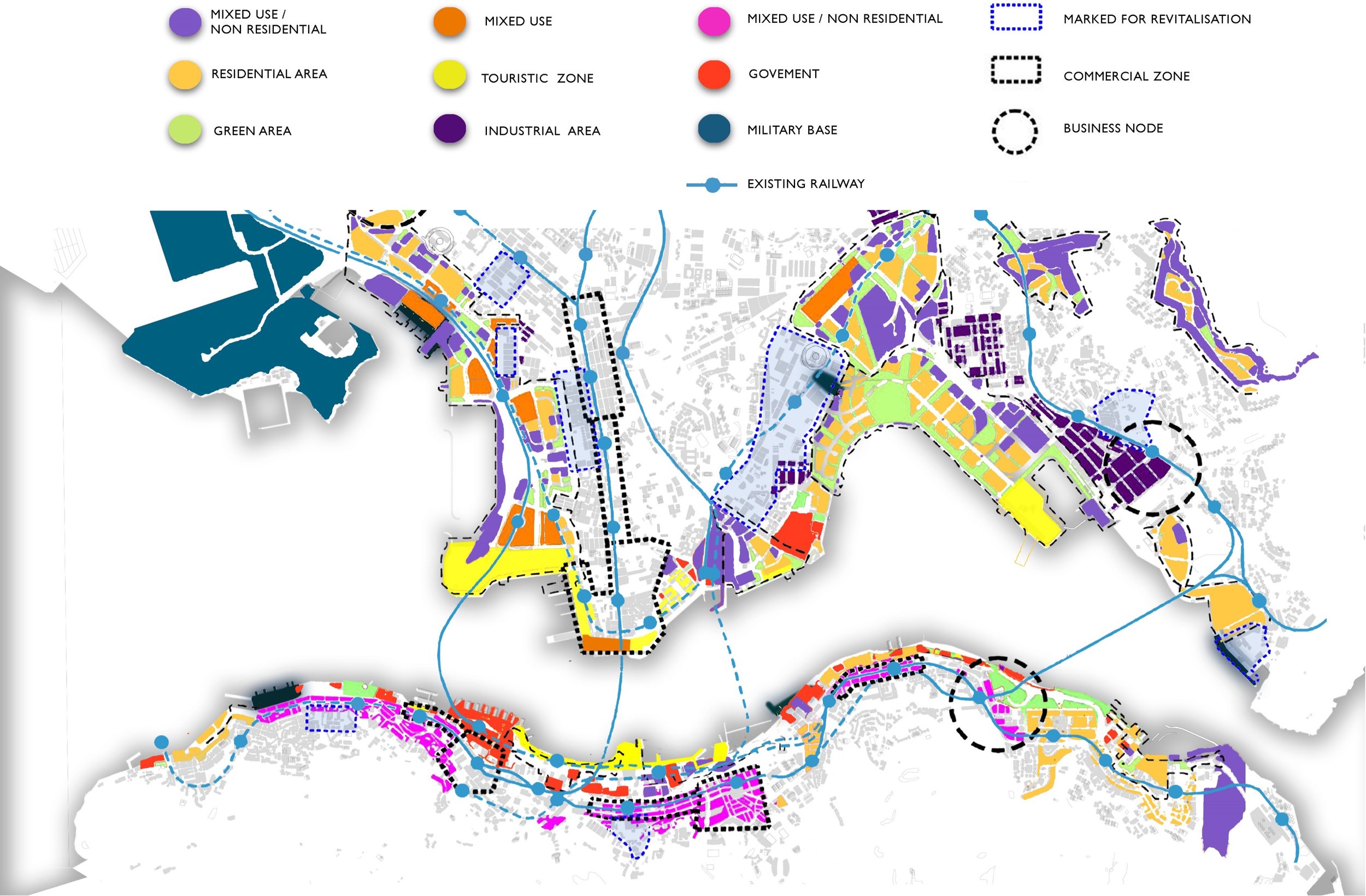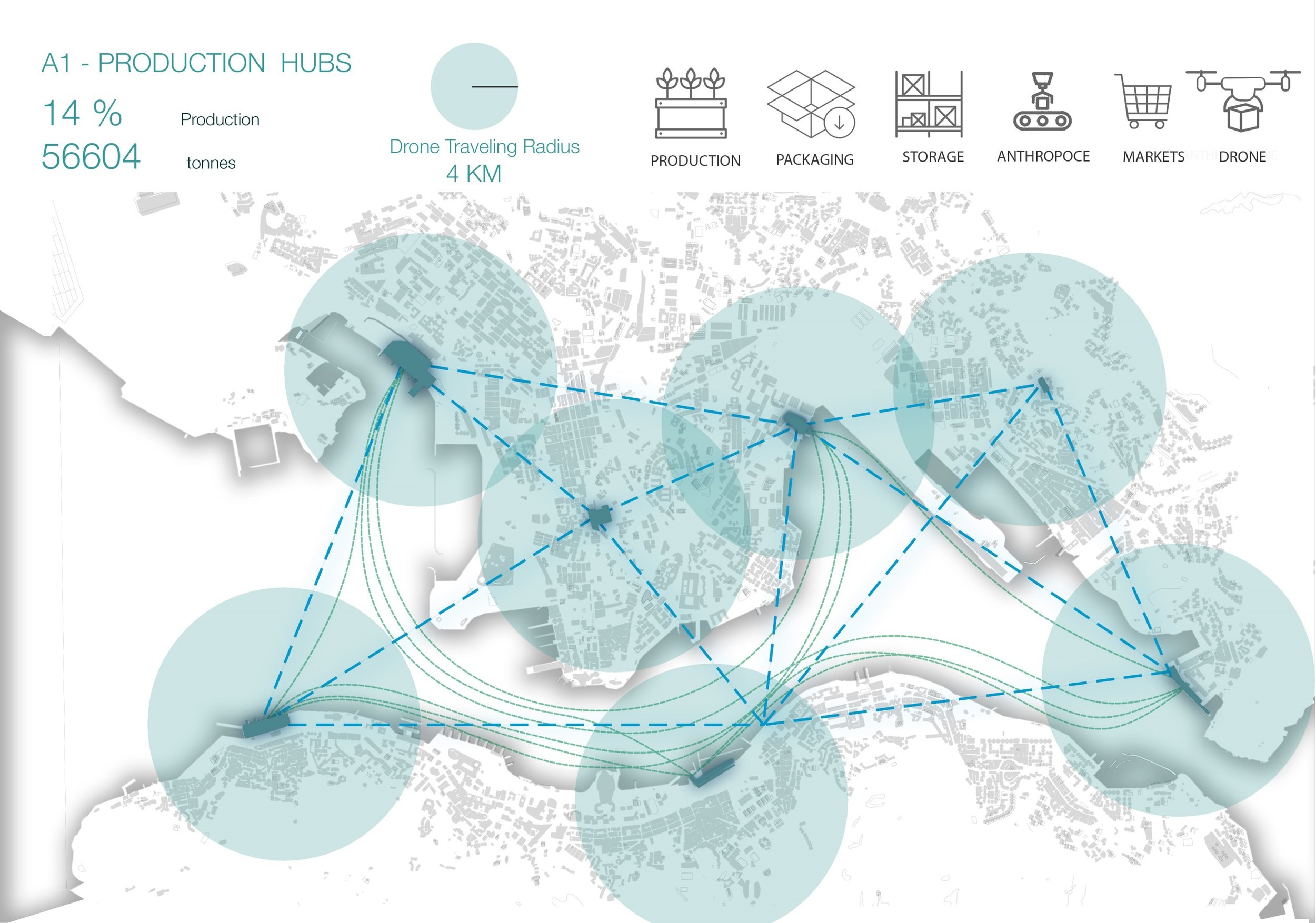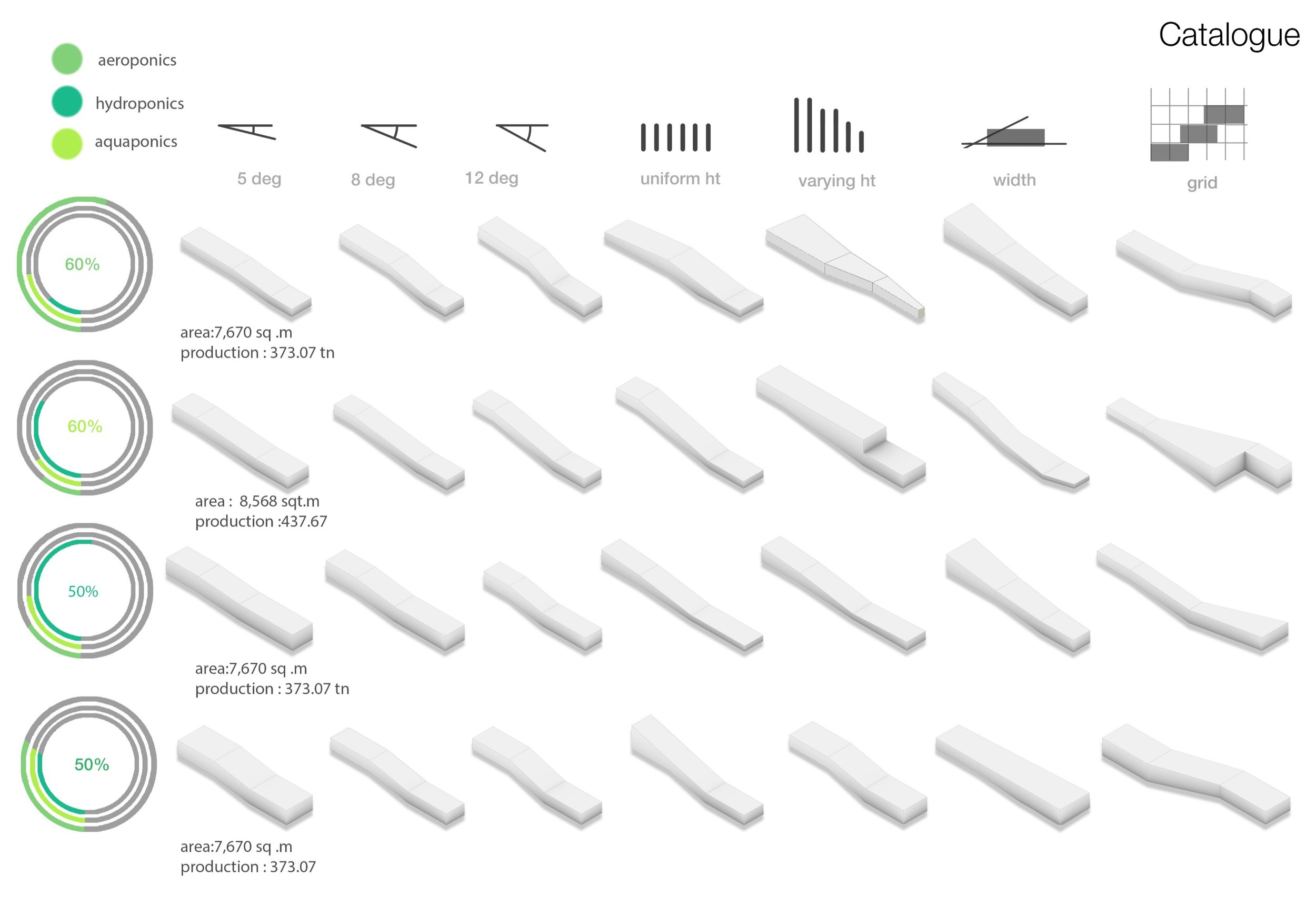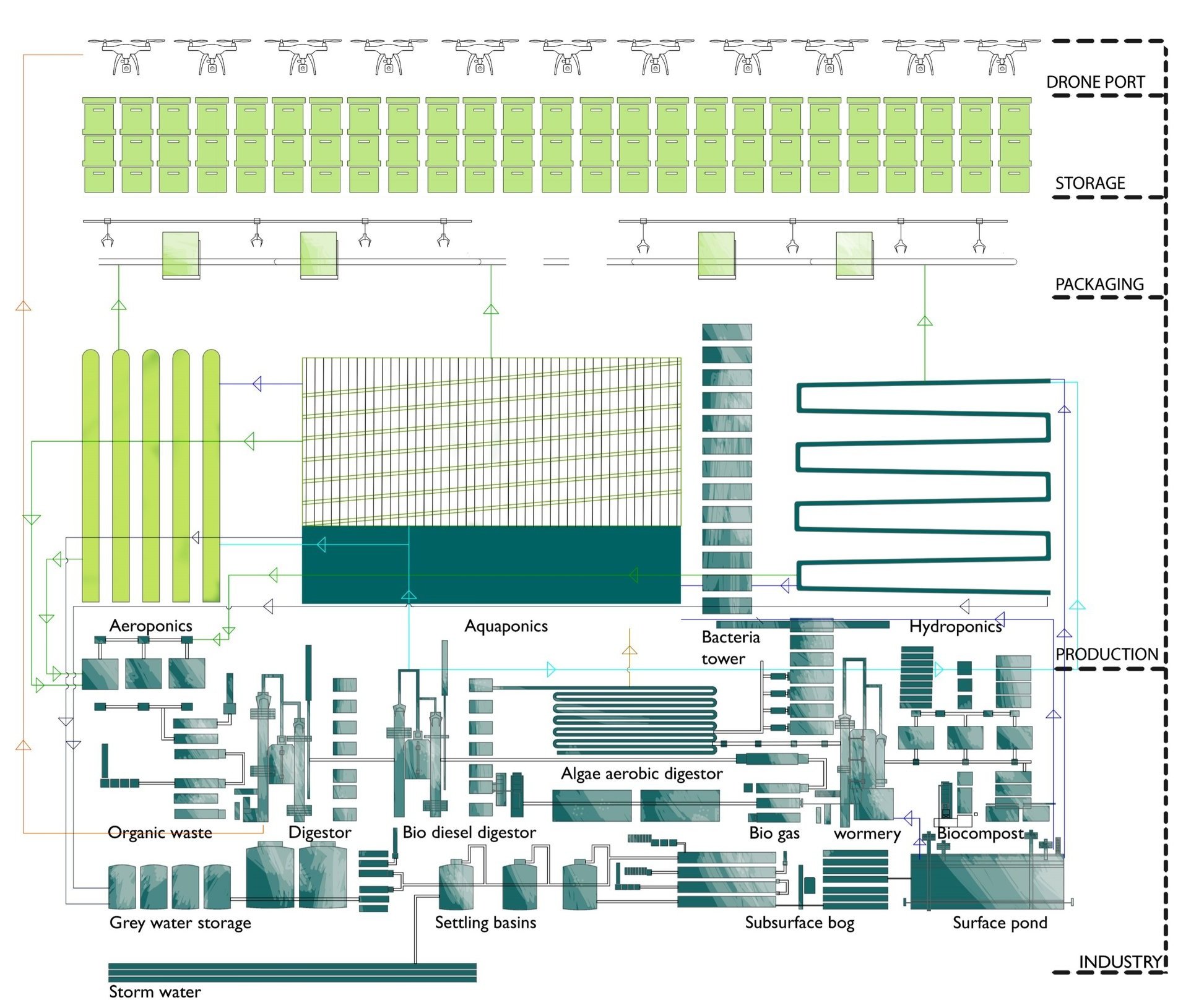Staple Scarcities
Transforming water obsolete structures into Anthropocene food production factories
Revitalising Hong Kong's urban landscape by converting outdated infrastructure into a forward-looking, sustainable framework. With a commitment to supporting the city's future needs, the aim is to strategically transform obsolete structures, turning them into innovative hubs that cater to the evolving demands of a dynamic urban environment, contributing to shaping a more resilient and future-ready urban fabric for Hong Kong.
Brief
My Role: Researcher, Design Strategy, Architect
My Responsibilities:
Desktop Research
Literature study
Strategy
Developing Design Concept
Graphic Design
Storytelling
Pitch Deck
Organisations: Hong Kong Urban Renewal Authority and IAAC
Duration: 15 weeks
Explore & Discover
PROCESS
Desktop Research
Research Analysis
Problem Statement
Identifying Problem Statement
Frame & Define
Design Strategy
Journey Mapping
Area Statement
Developing Strategy
Ideate & Develop
Urban Analysis
Neighbourhood Analysis
Service Idea
Developing Service Concept
Present
Pitch to Partners
Script
Pitch Deck
Tracing food network in Hong Kong
EXPLORE & DISCOVER
Distance food travels before reaching Hong kong markets
Only 3% of the food required is locally produced, catering to a mere fraction of the city's consumption needs. The remaining 97% of the food supply relies on imports
Food Consumption vs Food Production
How Might We statement
How might we
increase food production in Hong Kong within the constraints of limited land resources, aiming to achieve self-sufficiency and reduce the city's reliance on external food imports?
FRAME & DEFINE
Investigating the advantages of vertical farming in comparison to traditional farming practices.
Strategy
Mapping the ideal journey of food from production to markets.
Ecosystem Mapping for Food Production
Establishing hyper-local food production hubs to bring fresh food closer to people.
Estimating the area required to fulfil district-specific needs.
IDEATE & DEVELOP
Urban Infrastructure analysis
Our hypothesis is that as local food production becomes more prevalent in Hong Kong, traditional food warehouses will become obsolete.
The goal is to identify infrastructure that might become redundant due to this shift.
Additionally, we aim to explore the transformation of food markets, including supermarkets and neighbourhood markets, to align with the changing landscape of food production in the city.
Transforming food warehouses and obsolete transport infrastructure into main food production hubs in Hong Kong.
We defined the specific requirements of main production hubs by outlining essential activities
We then outlined the specific requirements of A2 Nodes (supermarkets) and the neighbourhood markets.
Neighbourhood Analysis
To bridge the gap between residents and the coast, we aimed to design food factories as community hubs serving the dual purpose of providing residents with easy access to the coastline.
Mapping the service functioning of Anthropocene factories
We allocated the lower floors of the food production factories as communal public spaces. Through this we aim to facilitate easy access for Hong Kong residents to the coast, fostering community engagement and connectivity
Establishing replicable food production modules using a framework for various sites.
Proposed Vision: Anthropocene Food Production Factories.
Kowloon Highway poses a barrier hindering residents' access to the coastline.







